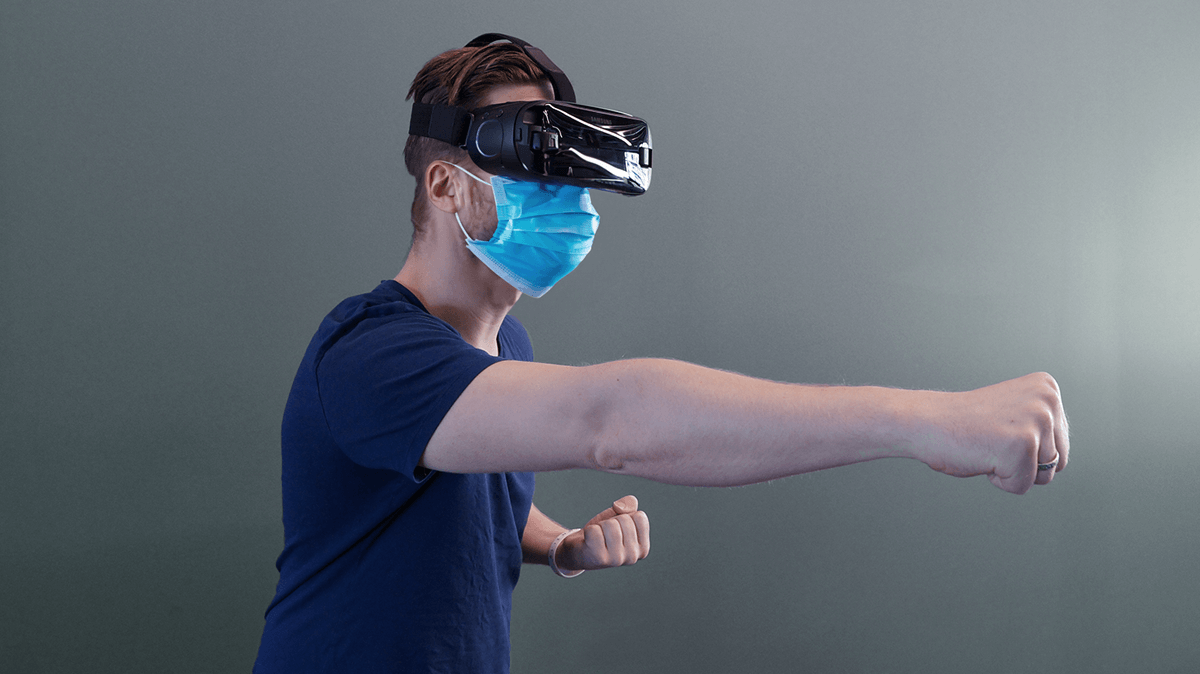Although extended reality software has been around for ages, however, it wasn’t up till now that organizations swiftly rolled out the technology. There’s a prediction of a greater increase in the market for extended reality due to the growing need for automation and self-isolation during the pandemic.
The organizations that were still testing the transformational costs and running a proof-of-concept analysis to launch their devices are now more readily accepting the benefits and risks involved with the products. The larger Corporations were more actively accepting, in fact, some of them even believed that the pandemic has come along at the “perfect timings” the key technology that seemed to have caused a spark is the relative maturity of the augmented reality technology and the mixed reality fields that have become more interesting to research organizations and the general user.
AR and Popular uses:

AR-based applications and software can simply be accessed through smart phones and existing devices, there isn’t a need for the expensive headsets and hardware that is required by a virtual reality program. The most popular uses of the technology during the pandemic were seen in analyzing and fixing infrastructure issues, front-line workers for field-work aid, healthcare, logistics, and manufacturing as well.
Only Limitation to Adoption:
The only limitation to the adoption of this technology is the imagination. Many manufacturers are using technology for product demonstrations, remote prototyping, and remote field lines. In healthcare, technology is being used for providing better care to the patients. Remote specialists helped care for Covid-19 patients in the ward as well. Warehouse workers are more actively applying this technology to improve the picking process.
There is more of a demand for this type of technology in many markets as they have trimmed down their employee workforce to a significant amount due to the pandemic. Now, they are actively looking to share their workload with automated technology exactly like this. There is more of a need for this technology as fields are looking to upgrade their service systems. By this means the augmented reality technology has overcome the “initial hurdles” of adoption easily and swiftly, typically other uses tend to follow.
An optimistic future ahead
There might initially be very few applications of virtual reality in the professional functions of the departmental roles however the increasing need for this technology is largely influenced by the inability of the employees to travel. According to Annette Jump of Gartner, VR has been quick to take up the reputation of mainstream technology, but it might be 2-3 years before the same can be said for Augmented reality and about 7-8 for Mixed reality, despite the rising organizational interest in the technology. There are more developed and productized applications of the technology now though that people can buy.
Professionals in the field predict that although the technology is not “off-the-shelf” as there is still a need for integration into processing, there is a very narrow barrier for its initial entering that has been emphasized due to the Covid-19 pandemic.
